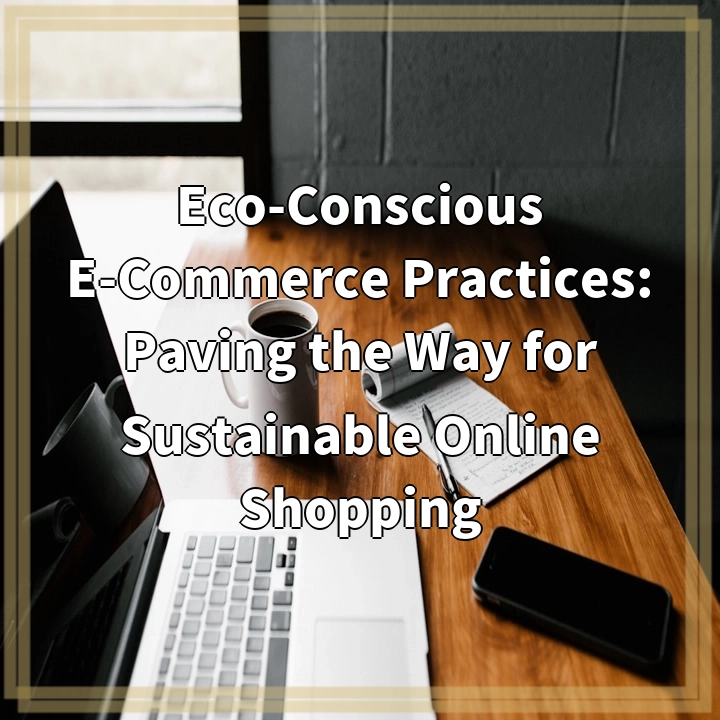
What is Aquaponics?
Aquaponics is an innovative and sustainable method of farming that combines aquaculture (fish farming) with hydroponics (soil-less plant cultivation). It is a closed-loop system where the waste produced by fish is used as a nutrient source for plants, while the plants filter and purify the water that is then recirculated back to the fish tanks. This symbiotic relationship between fish and plants creates a self-sufficient and highly efficient ecosystem.
Real-World Problems Associated with Aquaponics
While aquaponics offers numerous environmental and social benefits, like any farming practice, it also faces some challenges. Understanding and addressing these problems is crucial for the successful implementation and scaling of aquaponics systems.
Inadequate System Design and Management
Aquaponics systems must be designed and managed properly to ensure optimal water quality, temperature, and oxygen levels for both the fish and plants. Poorly designed systems can lead to fish stress, nutrient deficiencies, and suboptimal plant growth. Additionally, neglecting regular maintenance and monitoring can compromise the overall system performance and productivity.
Water Quality and Sourcing
Maintaining good water quality is essential for the health and growth of both fish and plants in aquaponics. Factors such as pH levels, ammonia and nitrate concentrations, and dissolved oxygen must be carefully regulated. Obtaining a reliable and sustainable water source, especially in water-scarce regions, can also pose a challenge.
Pest and Disease Management
Just like any other form of agriculture, aquaponics is susceptible to pests and diseases. Controlling pests and diseases in an environmentally friendly way without the use of harmful chemicals is an ongoing challenge in this system. Implementing integrated pest management strategies and maintaining proper hygiene and sanitation are essential to prevent infestations.
Economic Viability
While aquaponics has the potential for high productivity and profitability, the initial setup costs and ongoing operation expenses can be substantial. Determining the economic viability of aquaponic farms, especially for small-scale farmers or in regions with limited resources, can be a significant challenge. Finding marketing channels and securing stable markets for aquaponic produce is also crucial for long-term sustainability.

Solutions to Real-World Problems in Aquaponics
Addressing the challenges faced in aquaponics requires proactive measures and innovative solutions. Here are some strategies and practices that can help overcome the real-world problems associated with this farming method:
Proper System Design and Management
Investing in well-designed and efficiently managed aquaponics systems is crucial. By optimizing factors such as water circulation, filtration, and temperature control, farmers can ensure optimal conditions for both the fish and plants. Regular maintenance, water testing, and system monitoring can help identify and address any issues promptly.
Water Conservation and Sourcing
To address water scarcity concerns, aquaponic farmers can implement water conservation measures such as capturing and reusing rainwater, implementing water-saving technologies like drip irrigation, and proper water management techniques to minimize waste. Exploring alternative water sources, such as treated effluents or greywater, can also help ensure a sustainable water supply.
Integrated Pest and Disease Management
Implementing integrated pest management (IPM) practices can help control pests and diseases effectively. This includes using physical barriers, introducing beneficial insects, and practicing proper sanitation and hygiene. Regular monitoring and early detection of pest or disease outbreaks can prevent their spread and minimize damage.
Improving Economic Viability
To improve the economic viability of aquaponic farms, farmers can explore various strategies. These may include diversifying produce and targeting niche markets, establishing partnerships with local restaurants or grocery stores, and exploring value-added products. Moreover, optimizing operational costs and accessing financial support through grants or funding programs can help alleviate the financial burden.















